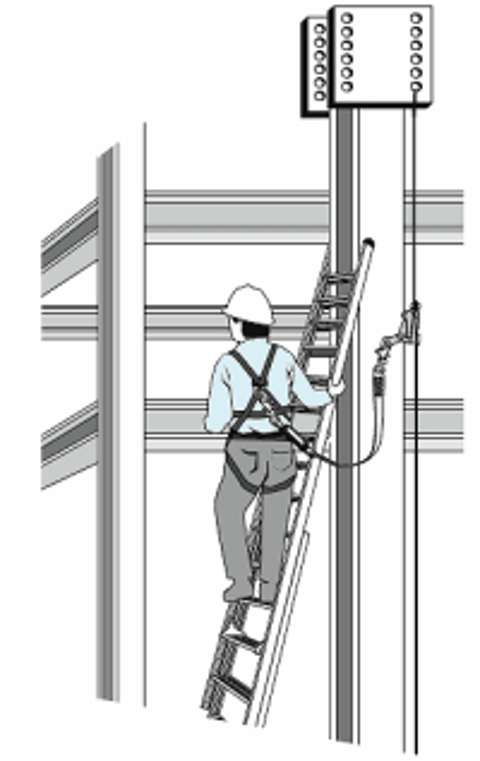

| Topic: Fall Arrest Equipment Must be Used According to Manufacturer's Recommendations | |
| Date Issued: February 9, 2011 | Date Revised: |
A petroleum worker was performing a refractory inspection inside the vertical section of a furnace stack when he slipped off a rope ladder and fell 13 feet, seriously injuring himself.
The investigation found that while he was wearing personal fall arresting equipment, it failed to prevent his fall because it was improperly used. The equipment involved in the incident included a full-body harness, a six-foot lanyard with shock absorber, a rope grab and a vertical lifeline. It is suspected that the rope grab may have been improperly attached (reverse orientation) to the vertical lifeline. The employee lost his balance, fell, and the rope grab failed to arrest his fall because reverse orientation did not allow for the arresting mechanism to deploy. Even if the rope grab had been installed properly, the fall may still have occurred because the lanyard was longer than the manufacturer’s recommended length of four feet.
